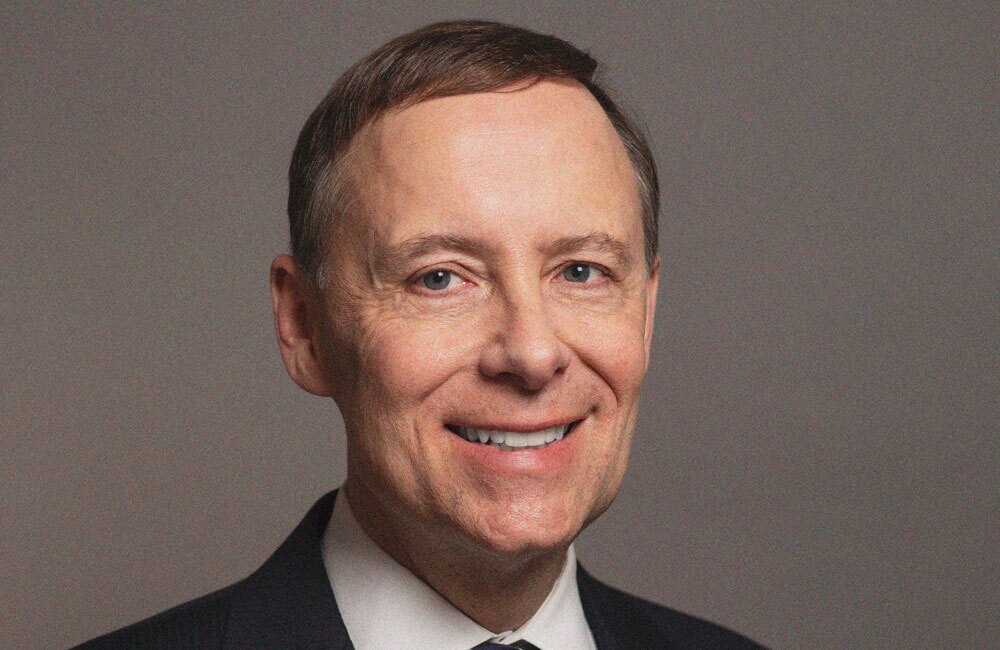The Healthcare of Ontario Pension Plan posted an 11.28 percent return in 2021, beating its benchmark by 2.69 percent.
As a result, the pension fund grew its net assets by C$10.4 billion (USD $8.1 billion) year-over-year. Today, the fund’s assets stand at C$114.4 billion, and HOOPP’s funded status is sitting at 120 percent.
The fund’s annual return has been steady over the last decade: annualized over ten years, it’s 11.06 percent.
Fixed income was the only class to write down a loss for the 2021, losing 1.89 percent.
But that allocation has decreased over time, as HOOPP has prioritized its response to an inflationary environment. The fund has recently decreased its allocation to nominal bonds and added capital to its public equities and private markets strategies. “We’re well-positioned for a higher inflation period,” Jeff Wendling, CEO and president at HOOPP, told Institutional Investor.
As for the increased geopolitical risk in the market? Wendling said it’s a bit too early to tell how those risks will play out. Early in March, HOOPP announced an exclusion on Russian investments, and noted that it had no direct exposure to Russian assets before the crisis in Ukraine. “HOOPP does not generally discuss our holdings but we felt it was important to share this information,” according to the fund’s statement. “We stand in solidarity with the global community in taking what action we can in response to this crisis.”
Wendling noted that although markets have dipped, they are just coming off all-time highs now. In other words, HOOPP is taking a wait and see approach to the increased geopolitical risk in the market. In the past, thanks to its focus on liquidity, HOOPP successfully played the Covid-19 crisis, buying equities when the market dropped precipitously in March 2020.
In 2021, HOOPP’s private equity allocation led asset classes in 2021, similar to many of its peers. The asset class returned 23.65 percent for the year. Equities weren’t far behind, with 20.11 percent returns.
HOOPP launched its infrastructure program in 2019, and now allocates about 2.5 percent of its portfolio to the asset class. In 2021, infrastructure returned 14.18 percent. Investments in the asset class include renewable energy, fiber assets, and a ports business — each acquired via a co-investment strategy.
Wendling said the infrastructure portfolio is positioned to grow in the coming years and could perhaps one day account for 10 percent of the portfolio.
2021’s strong performance comes amid staffing changes and internal growth at the pension fund. In September, Wendling stepped aside as CIO, promoting Michael Wissell, who had been serving as vice president of HOOPP’s capital markets and total portfolio since he joined the fund.
HOOPP also made two new senior-level hires in 2021, adding Lori Hall-Kimm as its head of global private equity and Eric Plesman as head of global real estate. Wendling said the fund already had strong real estate and private equity teams, but they were “lean.”
“They need to be expanded as we look more internationally and broadly,” he added.
As for what’s next? HOOPP plans to continue to focus on real estate, infrastructure, and private equity. While asset valuations in these classes may be high, Wendling is optimistic.
“Virtually every asset that we look at, they’re at all-time highs,” he said. “That is a challenge right now. We’ll be there if markets sell off and prices get cheaper — we’ll be buyers.”







